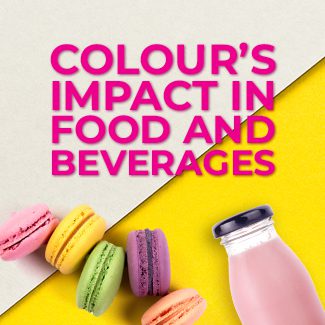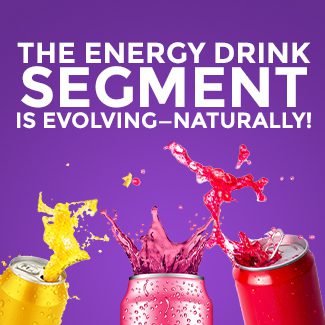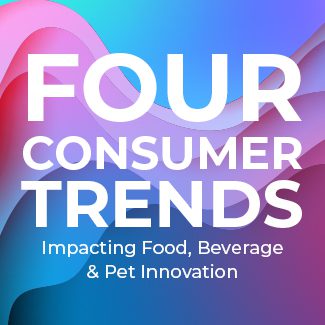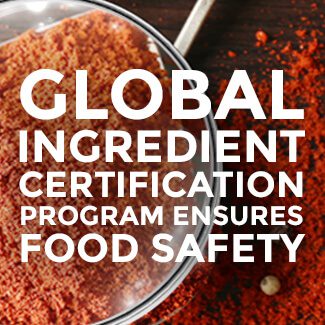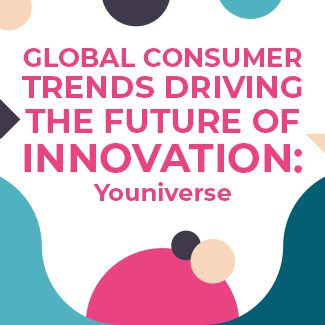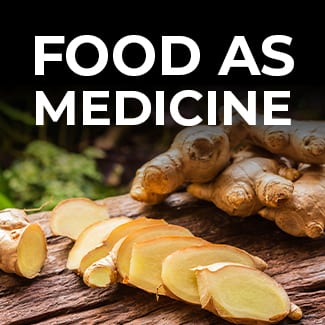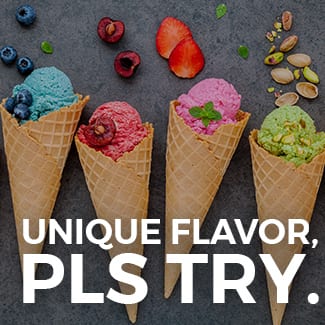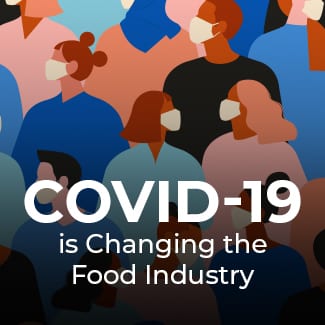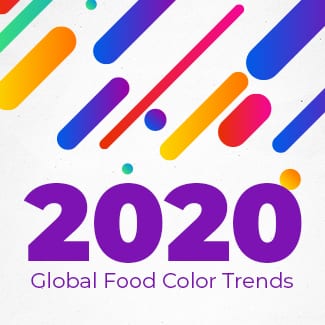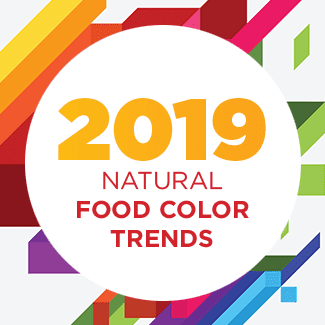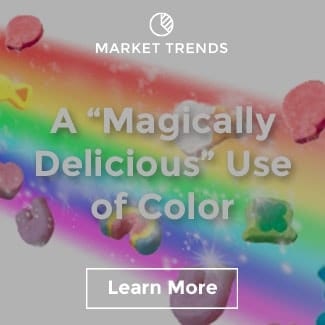Mondelez Commits to Removing Artificial Color by 2020
Speaking at a conference earlier this month, Mark Clouse, Chief Growth Officer at Mondelez made some intriguing comments. He identified ‘well-being’ as the biggest opportunity for growth, noting that well-being snacks are growing at twice the rate of the traditional business. Clouse made a great comment when he said that “consumers are demanding more from their snacks than ever before.”
What went somewhat unnoticed by many was a newly stated commitment to remove artificial colors and flavors across their brands by 2020. Unlike some other manufacturers, Mondelez is talking about a more holistic approach to meeting consumer demand for well-being snacks. This includes reducing sodium and saturated fats while adding whole grains and to removing synthetic color.
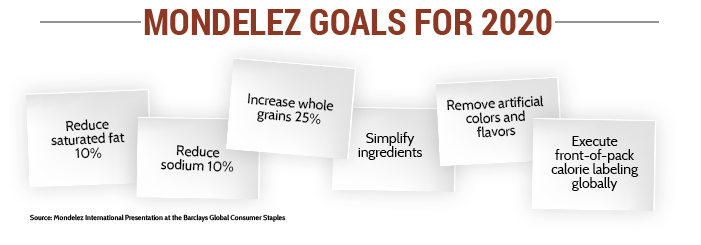
Still, the key insight Clouse mentioned is one we have heard before — “consumers want ingredients they recognize. If it’s on our ingredient list, consumers should be able to find it in their kitchen.” He cited the Barni brand, a wholesome and playful snacking platform, targeted at children. Clouse said of Barni, “This treat is made with simple ingredients and brings mothers reassurance and confidence which is a consumer need in both developed and developing markets.” Sensient consumer research confirms the idea that simple ingredient snacking is especially important for Millennial Moms. While about 40% of the general population are concerned about artificial color in salty snacks and sweets, that figure rises to more than 55% of the Millennial Mom segment.
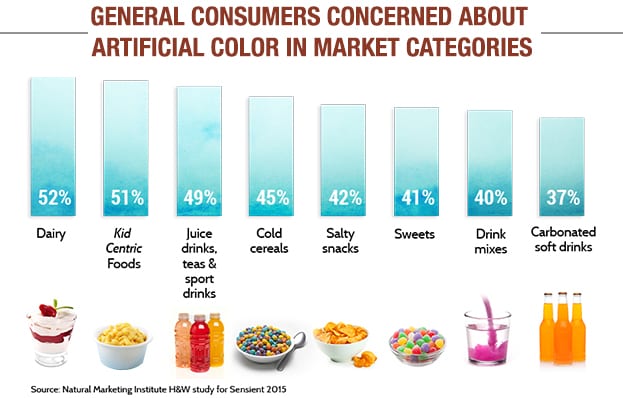
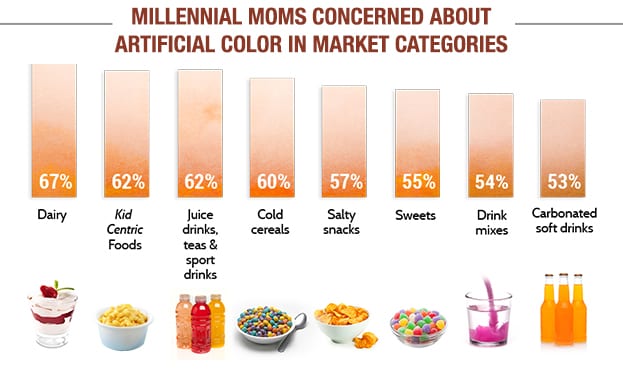
The most prescient comment from Mr. Clouse was his clarification that “We‘re not turning everything into healthy food. Indeed, there’s a proper place for treats in a balanced diet.”
This is a critical point. Often I hear people question why consumers care about synthetic ingredients in products such as cookies or candy that they perceive as ‘unhealthy’. This sort of black and white analysis misses the mark. Many of today’s consumers don’t think in terms of ‘healthy’ versus ‘unhealthy’ where anything goes for treats or sweets. For millennials in particular, they want to know where their food comes from, what’s in it. They are demanding simple ingredients even for treats.
At Sensient we spend a lot of time listening to consumers so we can proactively prepare for what is on the horizon. We’ve spent the last several years preparing to meet the demand that is coming. As a result, we have managed to close much of the performance and cost gap between natural and synthetic colors



